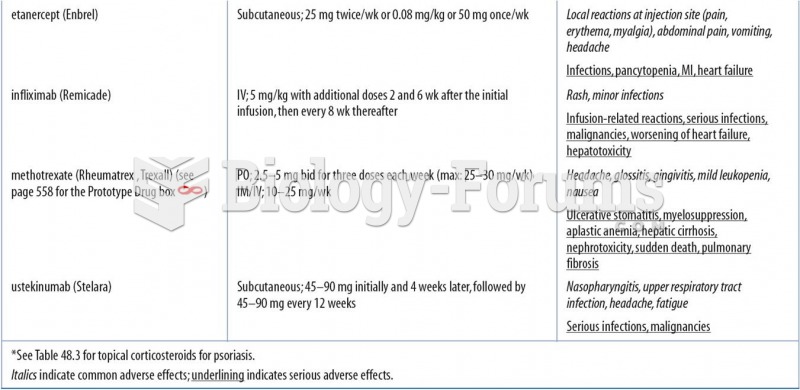|
|
|
Bacteria have been found alive in a lake buried one half mile under ice in Antarctica.
More than 2,500 barbiturates have been synthesized. At the height of their popularity, about 50 were marketed for human use.
The largest baby ever born weighed more than 23 pounds but died just 11 hours after his birth in 1879. The largest surviving baby was born in October 2009 in Sumatra, Indonesia, and weighed an astounding 19.2 pounds at birth.
The average human gut is home to perhaps 500 to 1,000 different species of bacteria.
Certain topical medications such as clotrimazole and betamethasone are not approved for use in children younger than 12 years of age. They must be used very cautiously, as directed by a doctor, to treat any child. Children have a much greater response to topical steroid medications.







